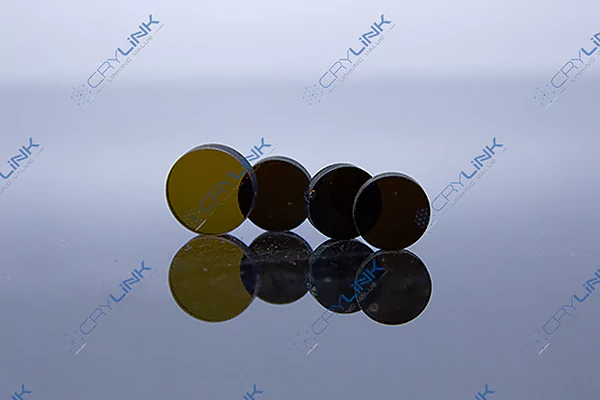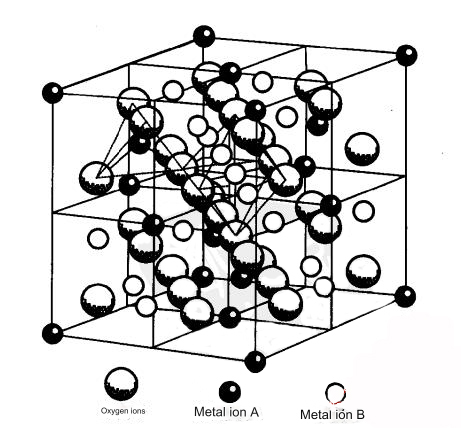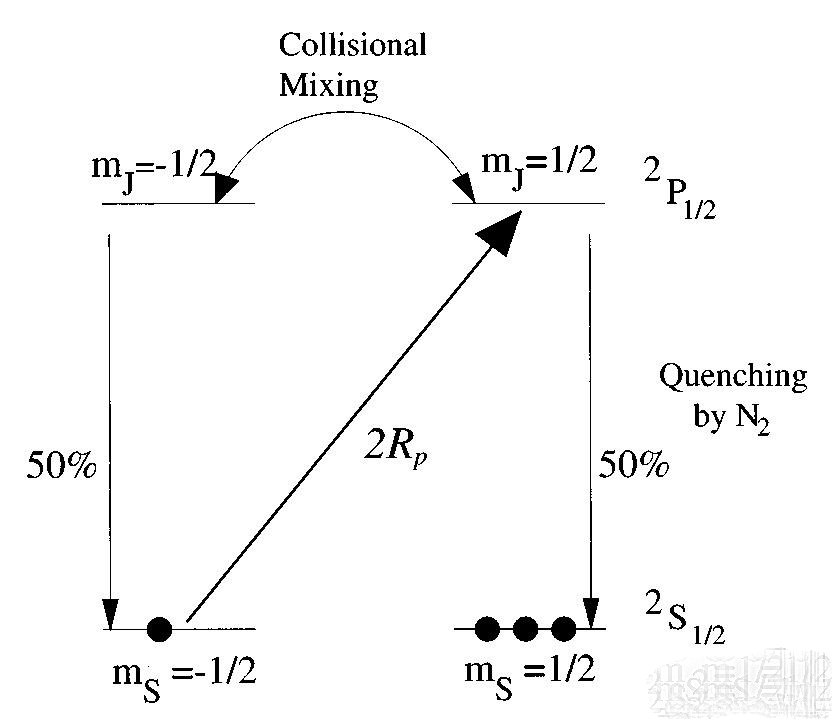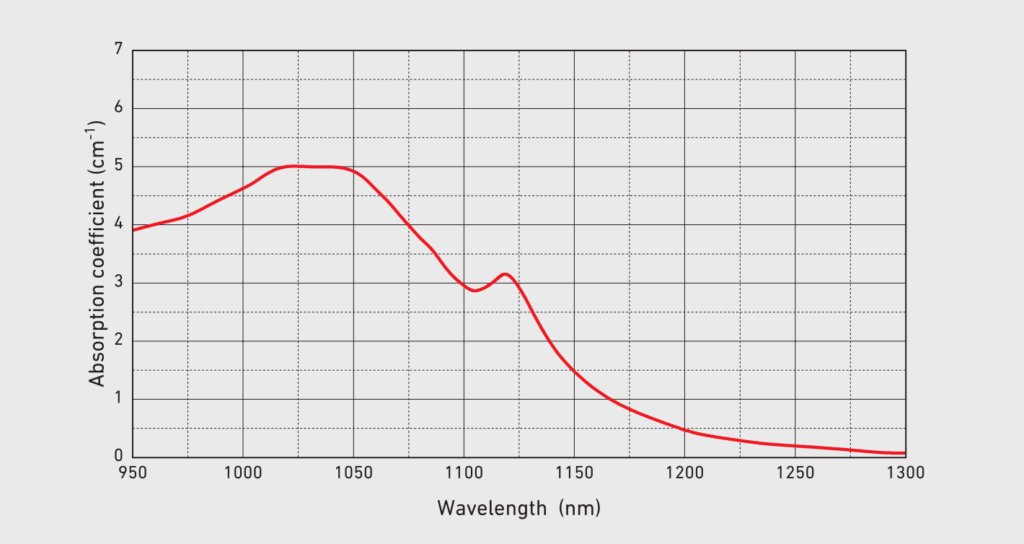Introduction
In the realm of solid-state physics, understanding the fundamental principles of crystals is paramount. Cr:YAG crystal, with its unique properties and applications, stands out as a focal point for research and technological advancements. In this article, we delve into the intricacies of Cr:YAG crystal’s first principles calculation research, shedding light on its particle inversion phenomena and its role as a gain medium.
Particle Inversion Phenomena in Cr:YAG Crystal
At the core of Cr:YAG crystal’s functionality as a gain medium lies the principle of particle inversion. This phenomenon, deeply rooted in quantum mechanics, involves the population inversion of energy levels within the crystal when subjected to external stimuli, such as optical pumping. The detailed exploration of this process unravels the mechanisms behind Cr:YAG’s efficient light amplification properties. The particle inversion phenomena in Cr:YAG crystal are fundamental to its role as a gain medium.

This intricate process, deeply intertwined with the principles of quantum mechanics, centers on the population inversion of energy levels within the crystal. When exposed to external stimuli like optical pumping, the energy distribution within the crystal undergoes a unique transformation, leading to an inverted population of excited states. This phenomenon is crucial for Cr:YAG’s ability to amplify light efficiently, making it a cornerstone in various optical applications. Delving deeper into this phenomenon unveils the underlying mechanisms that drive Cr:YAG’s exceptional light amplification properties, contributing significantly to its widespread use in laser technology and scientific research.
First Principles Calculation: Unveiling Cr:YAG Crystal’s Parameters
A comprehensive understanding of Cr:YAG crystal’s characteristics requires a dive into first principles calculations. By employing quantum mechanical principles and computational methods, researchers can accurately determine crucial parameters like absorption spectra, emission characteristics, and energy band structures. This analytical approach provides a solid foundation for studying Cr:YAG’s optical properties and performance under varying conditions.

To unveil the parameters of Cr:YAG crystal through first principles calculation is essential for grasping its intricate characteristics. Through the application of quantum mechanical principles and advanced computational techniques, scientists can precisely analyze crucial aspects such as absorption spectra, emission behaviors, and energy band structures. This rigorous analytical method forms a robust basis for exploring Cr:YAG’s optical properties and assessing its performance across different operational scenarios, ensuring a comprehensive understanding of its capabilities and potential applications.
Results Insights: The Functional Role of Cr:YAG Crystal as a Gain Medium
The results gleaned from first principles calculations offer multifaceted insights into Cr:YAG crystal’s efficacy as a gain medium. From analyzing absorption and emission spectra to evaluating energy transfer processes, these findings underscore Cr:YAG’s versatility and reliability in diverse optical applications. Moreover, the comparative analysis with other gain media highlights its competitive advantages and unique attributes.

The insights derived from first principles calculations provide a nuanced understanding of Cr:YAG crystal’s effectiveness as a gain medium. Through the examination of absorption and emission spectra and the evaluation of energy transfer mechanisms, these results showcase Cr:YAG’s adaptability and dependability across a wide range of optical applications. Additionally, comparing it with other gain media accentuates its competitive edge and distinctive qualities, solidifying its position as a versatile and valuable component in optical systems.
Applications Across Different Domains
The versatility of Cr:YAG crystal as a gain medium extends across various domains, including laser technology, medical instrumentation, and scientific research. Its robustness, coupled with excellent thermal and optical properties, makes it a preferred choice for laser systems, ranging from industrial cutting to medical procedures like laser lithotripsy. Additionally, its role in nonlinear optics and frequency doubling opens avenues for innovative photonics applications.

Cr:YAG crystal’s versatility as a gain medium transcends multiple domains, spanning laser technology, medical instrumentation, and scientific inquiry. Its resilience, combined with outstanding thermal and optical characteristics, positions it favorably in laser systems, from industrial cutting to medical interventions like laser lithotripsy.

Moreover, its contributions to nonlinear optics and frequency doubling pave the way for groundbreaking advancements in photonics applications, showcasing its adaptability and significance across diverse fields.
Conclusion: Future Directions and Technological Enhancements
In conclusion, the study of Cr:YAG crystal’s first principles calculation research illuminates not only its current capabilities but also hints at future development directions. As research continues to refine computational models and experimental techniques, advancements in gain medium design and crystal cutting technologies are expected. These advancements not only enhance the performance of Cr:YAG-based systems but also contribute to the evolution of optical devices and applications.
FAQs
- 1. What makes Cr:YAG crystal a preferred gain medium in laser systems? Cr:YAG crystal’s combination of high gain, broad absorption bands, and excellent thermal properties makes it ideal for various laser applications, ensuring efficient and reliable performance.
- 2. How does first principles calculation differ from empirical approaches in studying crystals? First principles calculation relies on fundamental physical laws and mathematical models, providing a more detailed and accurate understanding of crystal properties compared to empirical methods that may rely on experimental data alone.
- 3. What are some emerging applications of Cr:YAG crystal beyond traditional laser systems? Emerging applications include its use in quantum information processing, optical communication systems, and advanced imaging techniques, showcasing its adaptability to cutting-edge technologies.
- 4. Can Cr:YAG crystal be customized for specific applications? Yes, Cr:YAG crystals can be tailored through doping techniques and crystal growth processes to meet specific optical and thermal requirements, making them versatile for a wide range of applications.
- 5. How does Cr:YAG crystal contribute to advancements in medical instrumentation? Cr:YAG crystal’s ability to generate high-power, stable laser beams is crucial in medical procedures like laser surgery, ophthalmology, and dermatology, driving innovations in minimally invasive treatments and precision medical devices.

Frank
Frank graduated from the University of Shanghai for Science and Technology, majoring in optics. As a technical engineer at Crylink Company, he deeply understands crystal materials and laser components.
Related Video(s) with this Article
Related Product(s) with this Article
Related Application(s) with this Article
